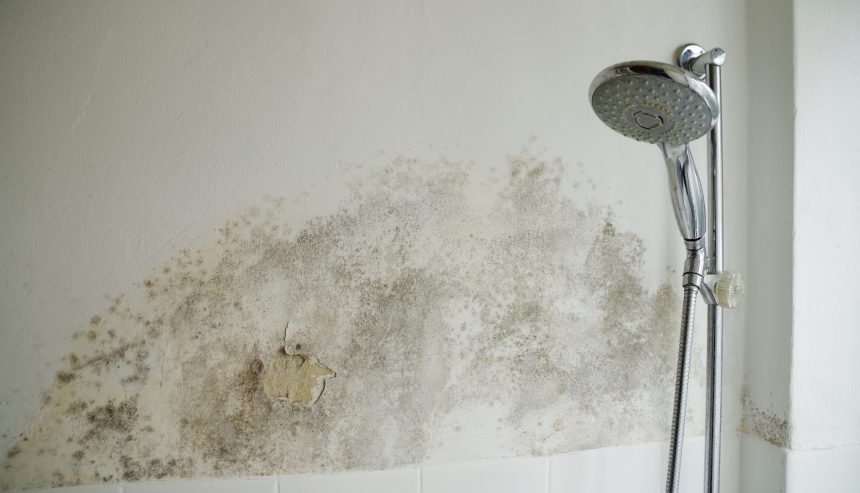Bathroom Water Damage - Ways To Avoid This Happening
Bathroom Water Damage - Ways To Avoid This Happening
Blog Article
What are your ideas concerning How to Repair and Prevent Bathroom Water Damage?

The shower room is extremely prone for wet build-up and also potential water damages due to the regular use water in it. This short article supplies easy examination techniques to assist detecting water damage risks.
The constant use of water in the shower room makes it exceptionally susceptible for damp buildup and prospective water damages. By examining it on a regular basis, you can reduce water associated problems.
The adhering to set of assessments is very easy to perform as well as need to be done once in every three months in order to keep your washroom healthy and to avoid possible water problems caused by the tub, the shower, pipeline joints and also plumbing, sinks, closets, and the bathroom
Do not disregard executing these inspections and be extensive while doing them. Remember that these basic examinations can conserve you a great deal of money by providing early indicators for water damages
Sinks and also Cabinets
Sinks and also closets are revealed to moisture and humidity everyday as well as are commonly forgotten. Evaluate regularly under the sink and on the countertop above it. Repair any drip in the trap as it may suggest drain problems. Look around the sink, slow draining pipelines might suggest a blocked drain. Replace sink seals if they are broken or loose.
Bathtub and also Shower
The shower and also bath tub need unique interest as well as maintenance. Check the tiles and replace if cracked. See to it that there is no missing out on cement in between the ceramic tiles. Examine and change fractured caulking at joints where the wall surfaces fulfill the flooring or the bath tub. Obstructed drains pipes and also pipelines troubles will certainly stop the tub from drying out and may indicate serious troubles under the bath tub. Seek advice from a specialist quickly to stop architectural damages. Take note of discolorations or soft areas around the bathtub wall surfaces as they might show an interior leak.
Plumbing
Signs for water damage are hard to detect given that the majority of pipes are installed inside the walls.
Pay unique focus to floor covering as well as walls dampness and also spots as they may indicate an invisible plumbing issue. Inspect moisture degrees in adjacent spaces as well.
The Commode
The commode is a susceptible water junction. Examine the water lines and also search for leaks around the commode seat, in the pipe, as well as under the water tank. If you identify any type of signs of dampness on the flooring around the bathroom, look for leakages in the toilet rim and also storage tank seals.
Understand that hanging toilet dish deodorants raises the possibilities for clogs.
TIPS TO PREVENT WATER DAMAGE IN THE BATHROOM
The average household uses approximately 80-100 gallons of water per person per day. For a family of 4, that's almost 2,500 gallons of water a week! The largest portion of this consumption comes from bathroom use. Flushing the toilet uses the most water, followed by taking a shower or bath. With that much water running through the home, water damage in the bathroom is bound to happen. Knowing how to spot signs of a water leak is essential to preventing long-term damage. This guide provides you with tips to reduce the impact of water damage on your bathroom.
CAUSES OF BATHROOM WATER DAMAGE
Pipe breaks are the most common cause of water damage we see in our daily jobs. The age of a pipe plays a large role in a pipe break as well as corrosion. Over time, the metal begins to break down, allowing water to escape. Frozen pipe breaks are also a concern in the winter months. Toilet overflows caused by paper products or children flushing inappropriate items. Degraded caulking around the toilet or bathtub can allow water seepage, sometimes behind the fixture, into the subfloor or walls. Condensation forms when the water in a pipe is cooler than the air temperature. Beads of water form on the exterior of the pipes, sometimes so much so that the water begins to drip and pool below. Sink or shower backups created by poor drainage. HOW TO PREVENT WATER DAMAGE IN YOUR BATHROOM
Inspect your toilet supply line for worn or frayed hoses and replace them as needed. Winterize your plumbing to prevent a frozen pipe break. Use vent fans to prevent condensation that can lead to mold growth. Routinely check and replace degraded caulking around your toilet or bathtub. Increase the temperature in your toilet tank and insulate your pipes during the warm summer months to keep condensation from forming. Use child safety locks on the toilets. Flush only toilet paper. "Flushable" wet wipes are actually not good for your plumbing system. Additionally, feminine hygiene products should not be flushed. Prevent water from escaping the tub or shower. Make sure shower curtains are in good condition. Inspect shower doors and replace the seal strip if necessary. Wipe up any water that accumulates on the floor and use bath mats. Water left to sit can cause damage to the tiles and flooring. Refrain from using bath products containing heavy oils to avoid a clogged drain.

Do you appreciate more info about Preventing Water Damage in the Bathroom? Place a remark down below. We would be interested to listen to your reactions about this article. We hope that you come back again soon. Sharing is good. Helping others is fun. I truly appreciate reading our article about How to Prevent Bathroom Water Damage.
Schedule A Service Report this page